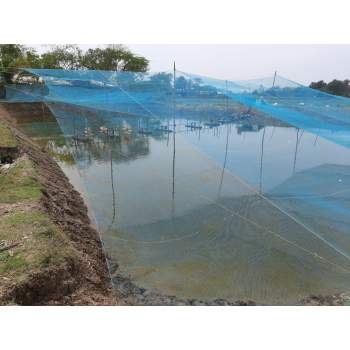Identification of different larval stages is of much importance in the successful operation of a hatchery. As the different larval stages need different types of food and water quality environment, it becomes necessary to identify and segregate them from other groups. Penaeid Shrimps pass through three larval stages before attaining the postlarval stage i.e., nauplius, zoea, and mysis.
Follow the points given below to identify the larval stages of shrimps.
Nauplius stages:
Protozoea stages:
The body of the zoea is more elongated than the nauplius. The body consists of the carapace, thorax and abdomen. They have functional digestive tract and filter feeders. They feed mainly on unicellular algae present in the medium.
It has 3 sub stages, Protozoea I, II and III. The early protozoea stage has a pair of protruded compound eyes, the next stage is characterized by the presence of a rostrum and the late protozoea stage has a pair of uropods.
The stages lasts for 3-4 days and is succeeded by Mysis stage.
Mysis stages :
Mysis swims through flexing their abdomen with the head pointing downwards.
It also has 3 sub stages:
M I - No pleopod bud
M II - Pleopod bud appears
M III - Pleopod bud with 2 segments
This stage lasts for 3-4 days and then pass to I post larval stage.
Post Larva:
The postlarva resembles the adult shrimp and it can be distinguished from the mysis stage by the presence of setae on the pleopods which are functional. The postlarvae also prefer to cling to the solid surfaces and the walls of the tank. Substages of postlarvae are called as PL 1, PL 2, PL 3 etc., wherein the number indicates the number of days as postlarva. Postlarvae feed on zooplankton and other dead organic matter. They can tolerate lower salinities.
























